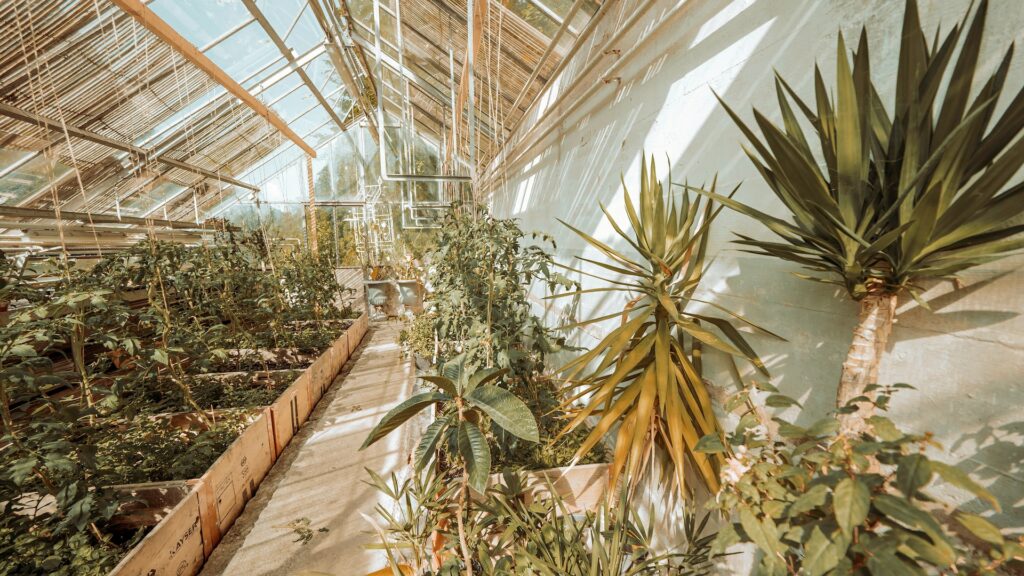Introduction:
Are you interested in growing your own food, reducing your carbon footprint, and embracing a more sustainable lifestyle? Starting your own organic garden is the perfect way to achieve all these goals and more. In this comprehensive guide, we will walk you through the steps of creating and maintaining an organic garden, ensuring that your efforts yield bountiful harvests while promoting a healthier environment.
1. Understanding Organic Gardening:
Before diving into the practical aspects, it’s essential to grasp the concept of organic gardening. Organic gardening refers to the practice of growing plants without the use of synthetic pesticides, herbicides, or fertilizers. It relies on natural methods such as composting, companion planting, and integrated pest management to nourish and protect plants.
2. Benefits of Organic Gardening:
Organic gardening offers a myriad of benefits both for you and the environment. By eliminating harmful chemicals, you ensure that the produce you grow is healthier for consumption. Additionally, organic gardening promotes biodiversity, enhances soil health, conserves water, and reduces pollution. It is a rewarding way to contribute to sustainable living and reduce your ecological footprint.
3. Planning Your Organic Garden:
To set yourself up for success, proper planning is crucial. Determine the location of your garden, considering factors like sunlight, soil quality, and accessibility to water sources. Make a list of the vegetables, herbs, or fruits you want to grow, taking into account their compatibility, space requirements, and seasonal preferences. Sketch out a layout, ensuring efficient use of space, and creating a harmonious garden design.
4. Preparing the Soil:
Creating healthy and fertile soil is essential for organic gardening. Start by removing any existing weeds and then amend the soil with organic matter, such as compost or well-rotted manure. It is crucial to perform a soil test to determine nutrient deficiencies and adjust accordingly. Remember to avoid synthetic fertilizers and opt for organic alternatives like fish emulsion or bone meal.
5. Choosing and Planting Organic Seeds:
Selecting organic seeds is a critical step in organic gardening. Look for certified organic seeds or heirloom varieties that have not been genetically modified. Sow the seeds as per the instructions on the packet, ensuring proper spacing to avoid overcrowding. Consider starting seeds indoors or using seedlings for certain crops to extend the growing season.
6. Nurturing Your Garden:
Maintaining a thriving organic garden requires regular care and attention. Water plants deeply and consistently, keeping in mind their individual requirements. Implement mulching to conserve moisture, suppress weeds, and regulate soil temperature. Practice companion planting to naturally repel pests and encourage beneficial insects. Regularly monitor your garden for signs of pests or diseases and take appropriate organic measures to address them.
7. Harvesting and Preserving Your Produce:
One of the most rewarding aspects of organic gardening is enjoying the fruits of your labor. Harvest your crops when they reach their peak ripeness to experience maximum flavor and nutritional value. Preserve excess produce through canning, freezing, or drying to extend the enjoyment throughout the year. Share your bountiful harvests with friends, family, or local food banks, promoting a sense of community and sustainability.
Conclusion:
Embarking on the journey of starting your own organic garden is an enriching and rewarding experience. By following the steps and embracing the principles of organic gardening, you can not only provide yourself with fresh, nutritious food but also make a positive impact on the environment. Get your hands dirty and start cultivating your own little piece of sustainable paradise today!

